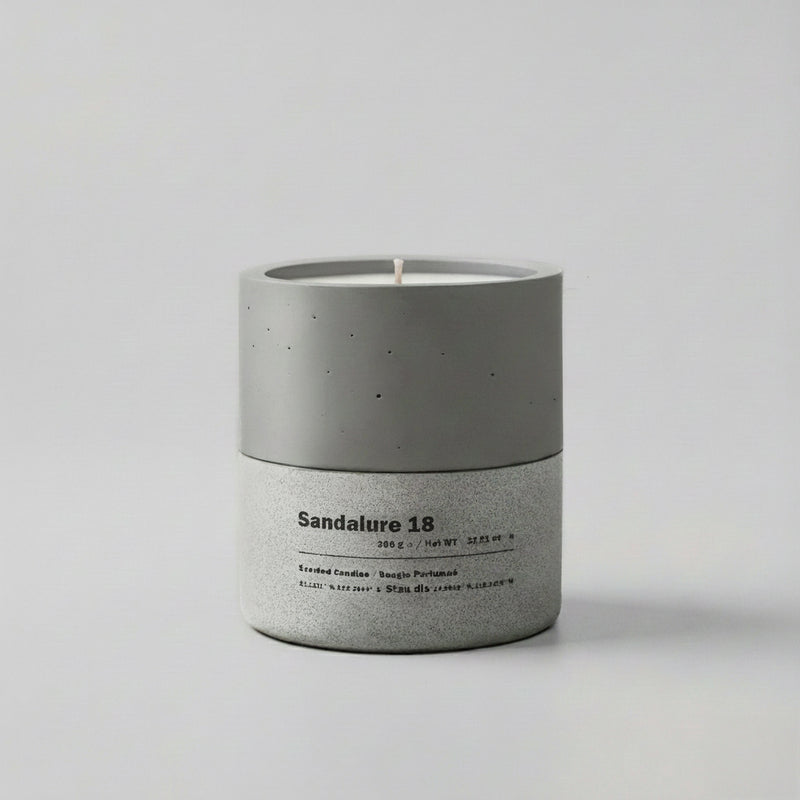Are Candle Scents Toxic? Separating Myths from Facts on Health and Safety
Few things compare to the serene ambiance created by the flicker of a scented candle. However, concerns about the safety of candle scents have sparked debates among health-conscious individuals. Are candle scents truly toxic, or are these fears overblown? Let’s separate myths from facts to help you make informed choices.
Understanding the Concerns
The concerns about scented candles often stem from the following factors:
-
Chemical Emissions: When candles burn, they release a mix of gasses, including potentially harmful chemicals like benzene and toluene.
-
Synthetic Fragrances: Many scented candles use synthetic fragrances that may contain phthalates, compounds linked to health concerns.
-
Soot Production: Improper burning of candles can lead to soot, which may affect indoor air quality.
While these issues sound alarming, understanding the science behind them is key.
What Science Says
-
Chemical Levels Are Minimal: Research indicates that the chemicals released by scented candles during typical use are well below harmful levels. According to a study published in Environmental Health Perspectives, most emissions from candles are unlikely to pose a significant risk to health.
-
Proper Ventilation Matters: Burning candles in well-ventilated spaces significantly reduces any potential risks by dispersing emitted gasses and soot.
-
Natural Ingredients Are Safer: Candles made with natural waxes (e.g., soy, beeswax) and essential oils generally produce fewer harmful byproducts compared to paraffin-based candles with synthetic fragrances.
Common Myths About Scented Candles
1. Myth: All scented candles are toxic.
Fact: Not all candles are created equal. High-quality candles made from natural ingredients are less likely to emit harmful substances.
2. Myth: Candle soot is extremely dangerous.
Fact: Soot is only a concern if candles are burned improperly, such as in drafty spaces or for prolonged periods.
3. Myth: You should avoid scented candles altogether.
Fact: With mindful use and proper selection, scented candles can be enjoyed safely without compromising indoor air quality.
How to Choose Safer Candles
-
Opt for Natural Wax: Look for candles made from soy, beeswax, or coconut wax instead of paraffin.
-
Check for Phthalate-Free Fragrances: Many brands now offer candles with natural or phthalate-free scents.
-
Use Cotton or Wood Wicks: Avoid candles with metal-core wicks, as they may release harmful metals during burning.
-
Burn Responsibly: Trim the wick before lighting, avoid drafts, and extinguish candles after a few hours of use.
Conclusion
Scented candles, when chosen and used wisely, pose minimal risks and can significantly enhance your environment. By understanding the myths and facts surrounding candle scents, you can enjoy their comforting glow without worry. Remember, the key lies in informed choices and mindful practices.
Further Reading
With this information, light your candles with confidence and let their glow bring calm to life’s chaos.




